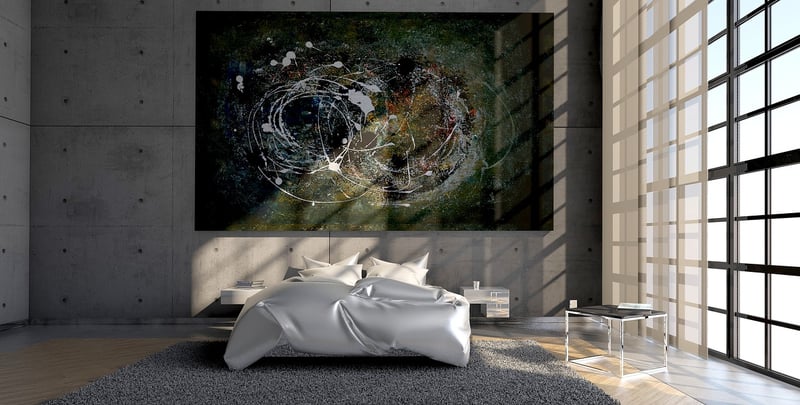Contemporary
The Power of Expressive Movement in Contemporary Art

In the realm of contemporary art, expressive movement plays a pivotal role in conveying emotions, ideas, and narratives. Artists harness the power of movement to create dynamic and engaging works that captivate viewers and provoke thought.
Embracing Fluidity
Expressive movement in art is characterized by fluidity, spontaneity, and a sense of energy in motion. Artists often use gestural strokes, bold colors, and unconventional techniques to capture the essence of movement in their creations.
Breaking Boundaries
Contemporary artists push the boundaries of traditional art forms by incorporating elements of performance art, dance, and kinetics into their work. This interdisciplinary approach results in immersive experiences that blur the lines between different art forms.
Engaging the Viewer
Expressive movement invites viewers to interpret and engage with art on a visceral level. The dynamic nature of movement-based works encourages viewers to connect emotionally with the artwork, sparking introspection and dialogue.
Expressing Complex Emotions
Through expressive movement, artists can convey a wide range of complex emotions—from joy and passion to sorrow and despair. The physicality of movement adds depth and dimension to artistic expression, allowing artists to communicate nuanced feelings in a tangible way.
Exploring New Possibilities
Contemporary artists continue to explore the possibilities of expressive movement in art, pushing the boundaries of creativity and innovation. By embracing spontaneity and experimentation, artists pave the way for new forms of expression and artistic exploration.
Experience the transformative power of expressive movement in contemporary art and immerse yourself in a world where creativity knows no bounds.
Discover more about expressive movement in art here.
